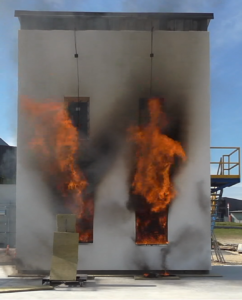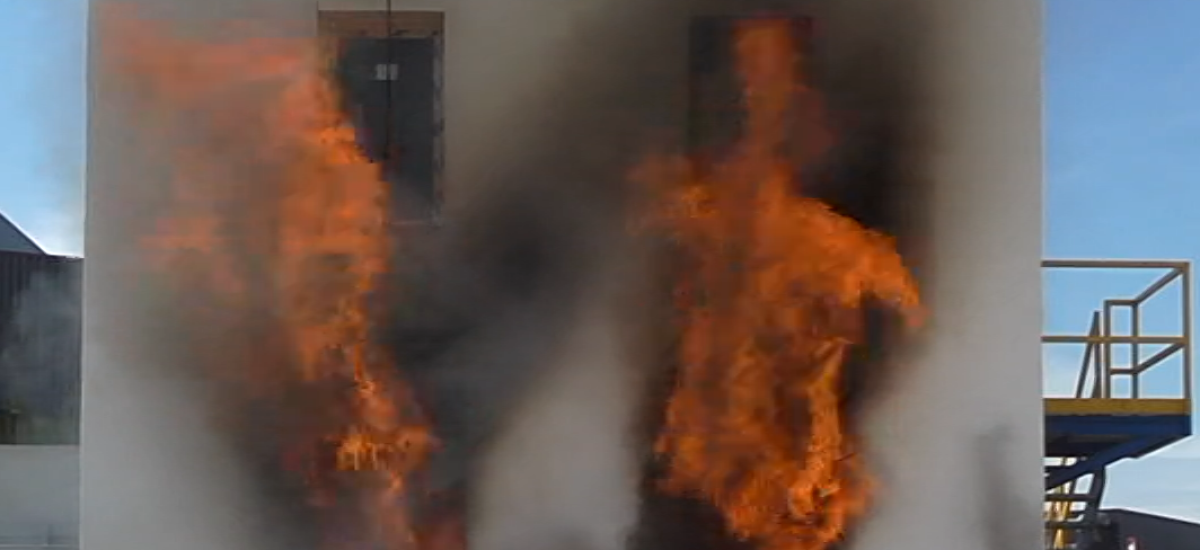25/11/2019
The Grenfell Tower fire in June 2017 has raised government awareness beyond the borders of the UK. To avoid a similar situation in France, the French government decided to improve the regulations. Two decrees were published in the official journal of 11 August 2019 to enhance fire protection for residential buildings by introducing new rules to be applied with effect from 1 January 2020.
The first decree will complement the circular of December 1982 for building refurbishments.
The buildings involved are intermediate rise buildings, for which the bottom floor of the highest accommodation is located between 28 and 50 metres above the ground (defined as ‘4th family building’ in French legislation).
The new legislation authorises two solutions for building refurbishments:
- Solution 1: the facade system is made of only non-combustible materials (reaction to fire classification A2-s3,d0 or higher). In addition, if the system incorporates cavity, an assessment must demonstrate the capability to block the stack effect.
- Solution 2: the facade system is made of non-combustible materials, except for a subassembly protected by a thermal screen with resistance to fire classification EI30. Whether or not the system incorporates cavity, the system efficiency must be proven by an assessment.

The second decree modifies the decree of 31 January 1986 on fire protection for residential buildings. It limits and regulates materials which can be used in new constructions. For new residential buildings of ‘1st and 2nd family’ (on the 1st and 2nd floors), external cladding must reach at least reaction to fire classification D-s3,d0 or be made of wood.
For buildings of ‘3rd family’ (at a height of up to 28 metres) and ‘4th family’, the new construction solutions must follow the rules of the first decree concerning refurbishment of intermediate rise buildings.
Contact: contact@efectis.com

